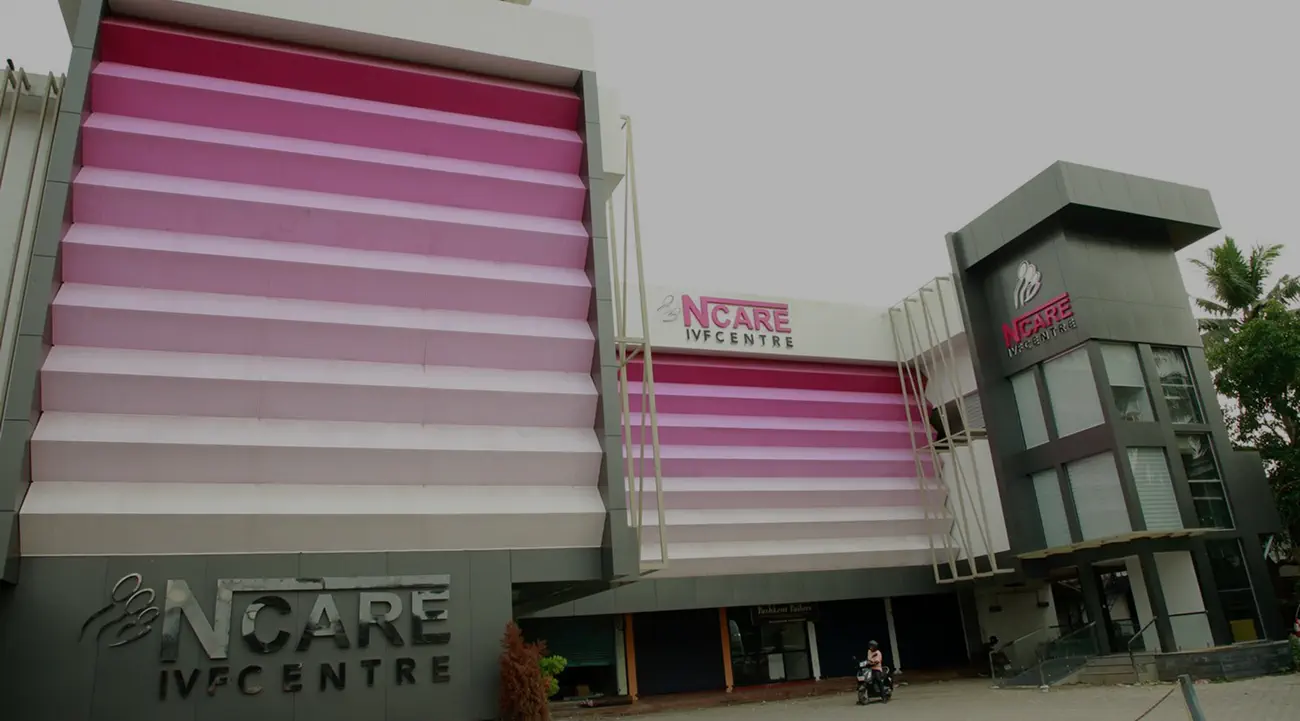What is Intrauterine Transfusion?
Intrauterine transfusion (IUT) is a procedure where donor red blood cells are transfused into the baby to treat severe anemia, often caused by Rh incompatibility or infections like parvovirus B19.
How is the blood transfused to the baby?
A fine needle is inserted through the mother’s abdomen into the baby’s umbilical vein or abdominal cavity under ultrasound guidance.
When is IUT recommended?
IUT is recommended when the baby shows signs of severe anemia, such as changes in blood flow pattern as detected by Doppler scan and fluid accumulation in various organs of fetus on ultrasound examination.
How many transfusions might be needed?
Multiple transfusions may be required, usually every 2–3 weeks, until the baby reaches a safe gestational age for delivery.
Is there any risk to the baby or mother?
While any procedure carries some risk, IUT is generally safe and well-tolerated when done by specialists. However, there’s a small risk of premature labor or infection.




